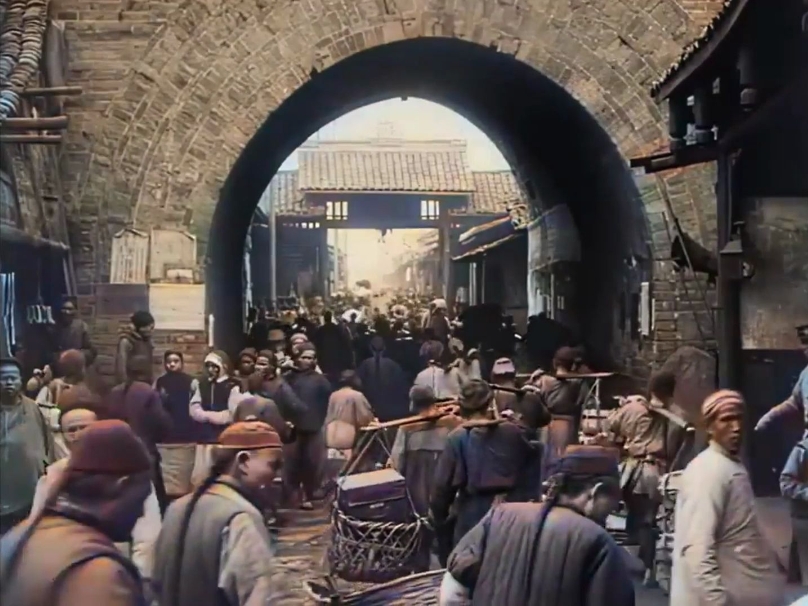 1917年的中国(加彩色)(其一)
1917年的中国(加彩色)(其一)
正文翻译

Amazing China in 1917 in color [AI enhanced and colorized]
1917年的中国(加彩色)

Amazing China in 1917 in color [AI enhanced and colorized]
1917年的中国(加彩色)
评论翻译

Amazing China in 1917 in color [AI enhanced and colorized]
1917年的中国(加彩色)

Amazing China in 1917 in color [AI enhanced and colorized]
1917年的中国(加彩色)
很赞 17
收藏